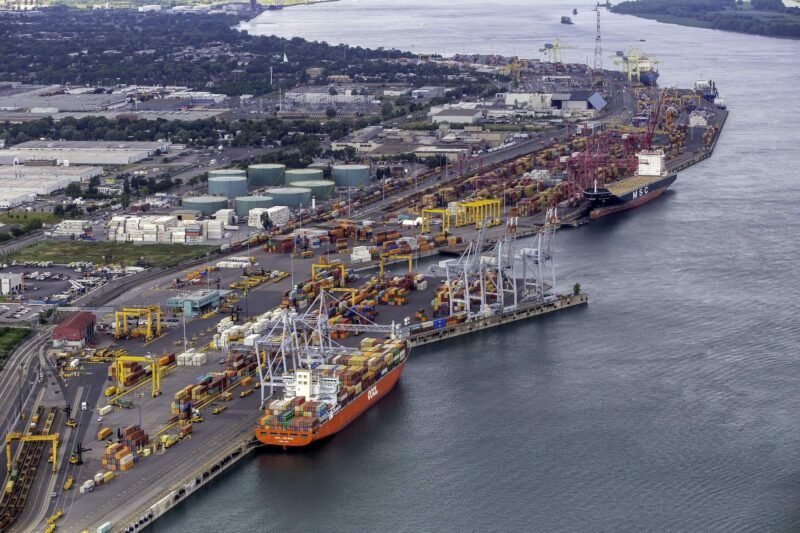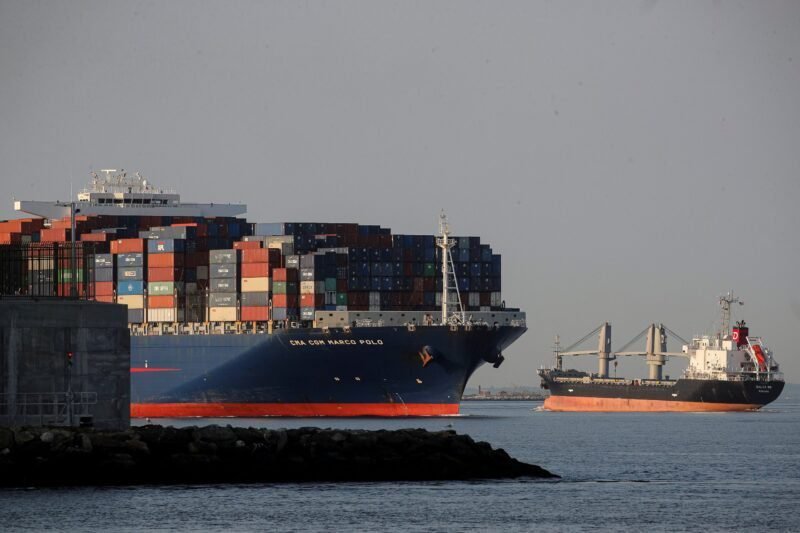Experts warn that a potential strike at U.S. seaports along the East Coast and Gulf of Mexico could severely disrupt cargo traffic for several weeks or even months. Major retailers such as Walmart are among importers rushing to bring goods ashore before the current collective bargaining agreement for 45,000 longshoremen at three dozen seaports expires on September 30. The International Longshoremen’s Association (ILA) has threatened to strike if a new agreement is not reached in time.
According to analysts at Sea-Intelligence, clearing the backlog from just a one-day strike could take between four to six days. If a two-week strike were to occur, normal port operations might not resume until 2025. With significant financial costs at stake, shippers have been forced to act early in response to the potential strike threat. Prices for shipping containers from the Far East to the U.S. East Coast have skyrocketed due to the uncertainty surrounding port operations.
The looming deadline for a new agreement, combined with geopolitical tensions in the Red Sea delaying shipments from Asia, leaves shippers with limited time to transport goods before potential strikes occur. Shipping analyst Peter Sand emphasized the risk posed by port strikes and warned that delays in addressing the situation could result in cargo being stranded at sea. Given the high stakes involved, businesses are bracing for potential disruptions that could have lasting impacts on supply chains and shipping costs.


















